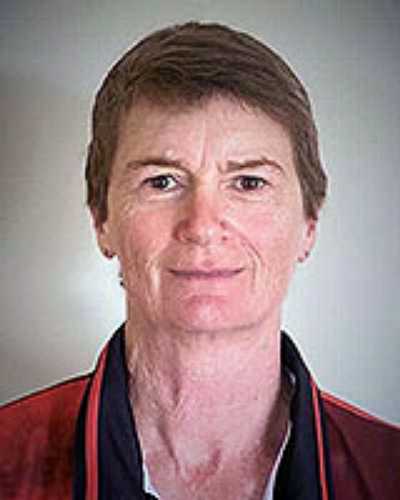Now published, see the full article 
Early Abstract:
Introduction: Kowanyama is a very remote community in Cape York. It is ranked amongst the top five most disadvantaged communities in Australia with a very high burden of disease. It has access to two and a half days a week of fly-in, fly-out GP-led Primary Health Care for a population of 1200. All patients requiring higher level undergo aeromedical retrieval to a bigger centre. A retrospective clinical audit of charts was undertaken assessing aeromedical retrievals from Kowanyama for the year 2019 to assess whether GP access might correlate with retrievals or hospital admissions for potentially preventable conditions and whether it could be cost effective and improve outcomes to provide the benchmarked staffing of GPs.
Methods: Using a tool created by the authors for this audit; the management and reason for evacuation was assessed against the Queensland Primary Clinical Care guidelines, whether the presence of a rural generalist GP would have prevented the need for retrieval andassessed against accepted Australian (and Canadian) criteria for potentially preventable hospital admissions. Each retrieval was then assessed as 'preventable’ or 'not preventable'. The cost of providing benchmark levels of GPs in community was compared with the cost of potentially preventable retrievals.
Results: In 2019, there were 89 retrievals of 73 patients. 39% (35) of all retrievals occurred when a doctor was on site. Of preventable retrievals, 33% (18) occurred with a doctor on site and 67% (36) occurred with no doctor on site. All retrievals with a doctor on-site resulted in an admission. All immediate discharges (10% or 9) or deaths (1% or 1) were for retrievals without a doctor on site.
61% (54) of all retrievals were potentially preventable with the two most common conditions being, Pneumonia – non vaccine preventable 9 (18%) and Bacterial/unspecified 7 (14%)
32% (20) of patients accounted for 52% (46) of retrievals and of these 63% (29) were potentially preventable (compared to 61% overall).
For preventable condition retrievals, the mean number of visits to the clinic compared to non-preventable condition retrievals was higher for Registered Nurse (RN) or Aboriginal Health worker (HW) visits (1.24 v 0.93) and lower for doctor visits (0.22 vs 0.37). The conservatively calculated costs of retrievals matched the maximum cost of providing benchmark numbers (2.6 FTE) Rural Generalist) doctors in a rotating model for the audited community.
Conclusion: Greater access to GP led Primary Health Care (GPLPHC) may lead to fewer retrievals/hospital admissions for potentially preventable conditions. It is likely that some preventable condition retrievals might be avoided if full coverage with benchmarked numbers of Rural Generalist GPs in a GPLPHC team was provided in remote communities. This may be cost-effective and improve patient outcomes and should be further explored.

